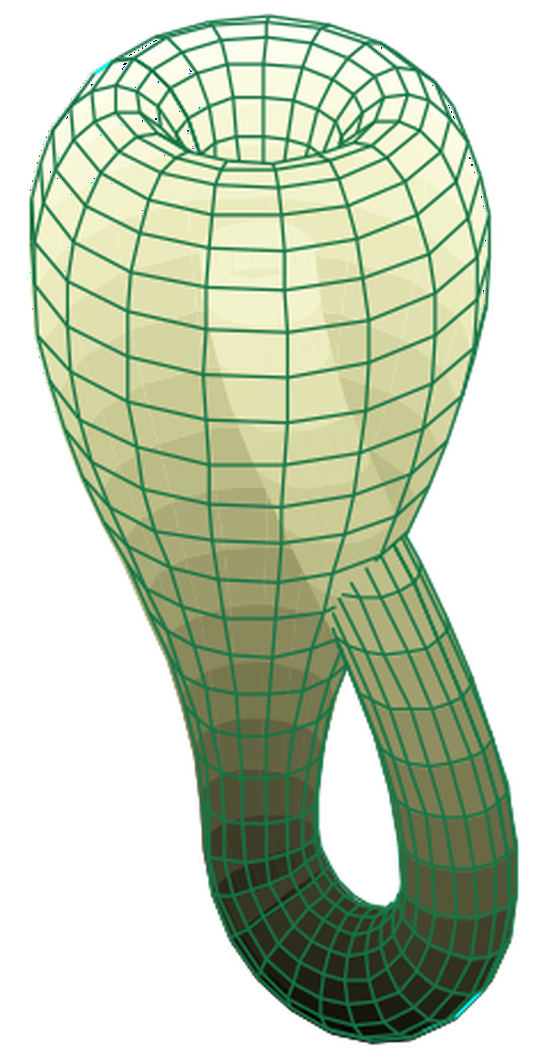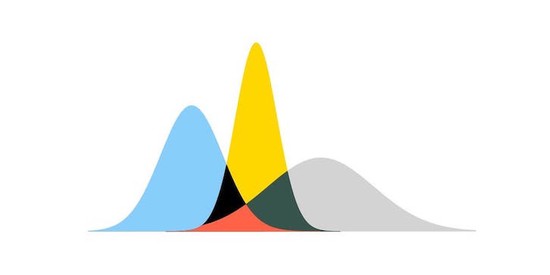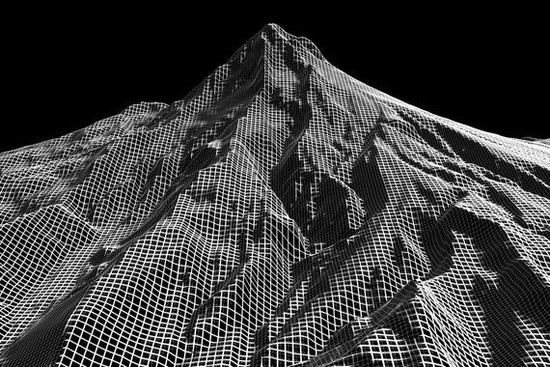Data Scientist + Engineer
Pacific Northwest
About Me
I’m a full-stack data professional passionate about helping companies make their data useful with machine learning and data engineering.
When I’m not thinking about data, I like to backcountry ski, trail run, and take care of my plants.
Interests
- Building orchestration pipelines
- Implementing ML + AI models described in literature
- Designing vizualization tools to tell stories about data
Education
PhD in Biomedical Engineering, 2021
University of Washington
BSc in Molecular and Cellular Biology, 2012
University of California, Los Angeles



